Nov 16 2017
Travels
I am typing this on the flight from Minneapolis to Phoenix, and this post will be a recap of what exercise I have been able to do, as well as how I plan to train for the remainder of the trip. I feel that being able to train through travel is an essential skill for me, and I have learned how to deal with it in the years trying to be competitive rowing in the Masters competition while doing this job with its high travel requirements.
First, travel is disruptive and one has to acknowledge that. One should treat it a bit like sickness. Travel work days are long and intense, and often involve late dinners, low quality of sleep as well as a need to remain on top of developments on the home front. This means that energy is often low and there is little time to do full training sessions.
Second, travel means being away from boat, erg and well equipped gyms. One has to make the best out of Hotel gyms, unknown running trails and climates, and the hotel room.
Third, I like to pack minimalistic, which means that, especially in the winter season, I do not have space in my luggage for all layers required for a nice winter morning outdoor run.
Fourth, because of the rhythm of business travel days, exercise means getting up early. After a bad nigh of sleep (after a business dinner) this is very hard, especially if you have to give an important presentation or prepare for a difficult meeting or negotiation, and it is tempting to use that spare time for an extra round of prep work.
In summary, I try to make the best of it. Here are the things I do, in order of pleasantness:
- Contact a local rowing club and ask if there is a guest rowing program. Then train with the local rowers. This is the most fun but needs careful planning, is only possible if you have a rock solid schedule with no risk of surprises, and your destination is a place in the USA with a rowing club. I have not been lucky with this approach anywhere else, except for one great row in a double on the Tideway in London.
- Contact a local CrossFit and do an erg session there. Again, this seems only possible in the US, but it is a nice way to get an erg session in. Again, it needs time to prepare and you need to have confidence that you are actually going to show up at the agreed time. In Europe, it is sometimes possible to find a local gym with Concept2 ergs, but one has to know.
- Outdoors running. With my luggage packing style this is only possible in warm destinations or in the summer. In cities, outdoors is sidewalk running which is not very pleasant, so one needs to prepare and find the parks that are running spots. It is a great way to explore a city, though. On these trips, there usually is very little time for sightseeing so running is a great way to meet local runners and see some of the sights. I personally have a pretty good sense of orientation, so I study the map in the hotel room and then run on memory and general sense of direction, or I carry a small piece of paper with a sketch of the major roads, rivers, etc. Ideally, I run along a river bank. Take some reserve time though for when you get lost. It has happened s few times, and this sometimes adds as much as thirty minutes to the workout.
- Hotel gym. Treadmill, Elliptical, these are usually present. I find it hard to do anything longer than 45 minutes in this setting. I also find it hard to get my heart rate up to levels with some training effect, in contrast to running outdoors, where I have no such problems at all.
- Running stairs in high Hotel buildings. This is a little adventurous because you are going to look for the fire escape route, then run it up, down, up, down, etc. Sometimes these places are used as storage, and almost always these are places where Hotel Staff have their secret cigarette breaks, so be prepared for a little smell and dirt.
- Hotel room body weight circuit. These are concentrated workouts of 30seconds on, 10 seconds off. A circuit takes between 7 and 10 minutes depending on how I set it up and it is pretty intense. Two or three rounds, usually. I do carry bodylastics bands when I have room for them in my luggage, and they add a little ‘weights’ element to the circuit. Exercises are pushups, crunches, squats, etc. A good starting point is the Wahoo 7 minute workout.
- I rarely use pools. I find them too small, and I am not a good swimmer, in the sense that I am unable to swim fast enough to tire myself.
- Walk to the meeting instead of taking a taxi or public transport. If all else fails, this is a way to sneak in at least some exercise, although there is a risk that you arrive at your important meeting sweating inside your suit and tie.
So here is my week so far:
- On Sunday I was still at home and I did a nice 12k run in the woods behind our house.
- Monday. Up at 3:45 Brno time, arrived in Minneapolis 6pm local time. No exercise.
- Tuesday: Hotel gym. Twenty minutes of running on the treadmill, followed by twenty minutes of elliptical. The cycling machine was occupied, as were the treadmills when I was bored with the elliptical. Also I was running out of time.
- Wednesday: Body weight circuit in hotel room. Two circuits of 10 minutes.
- Thursday. Today I am flying to Phoenix where I have a few meetings lined up in Deer Valley. If I manage to check in at a reasonable time, I may use the Hotel gym or run outside if the weather permits.
Friday is going to be the highlight of the week. I am going to get up early, drive to a desert trail head and run in the desert while the sun comes up.
Saturday will be difficult, because my flight to JFK is early, and then I will take a flight to Amsterdam, then on to Prague to arrive home in Brno on Sunday mid day. So that will probably mean body weight circuit on Saturday and a rest day on Sunday.
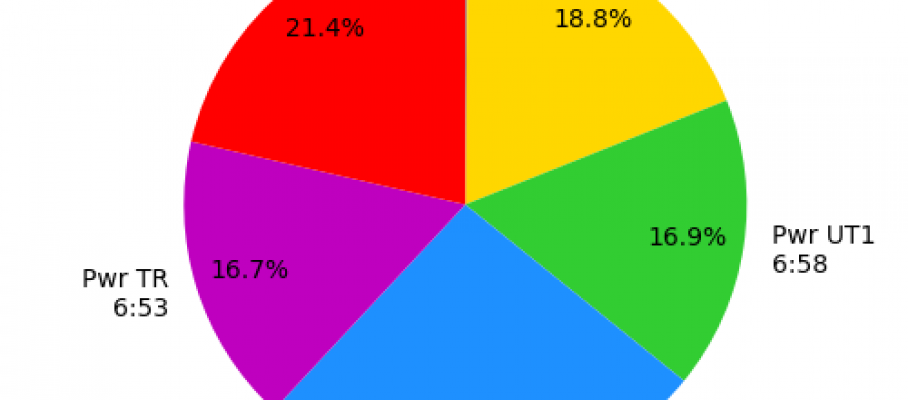
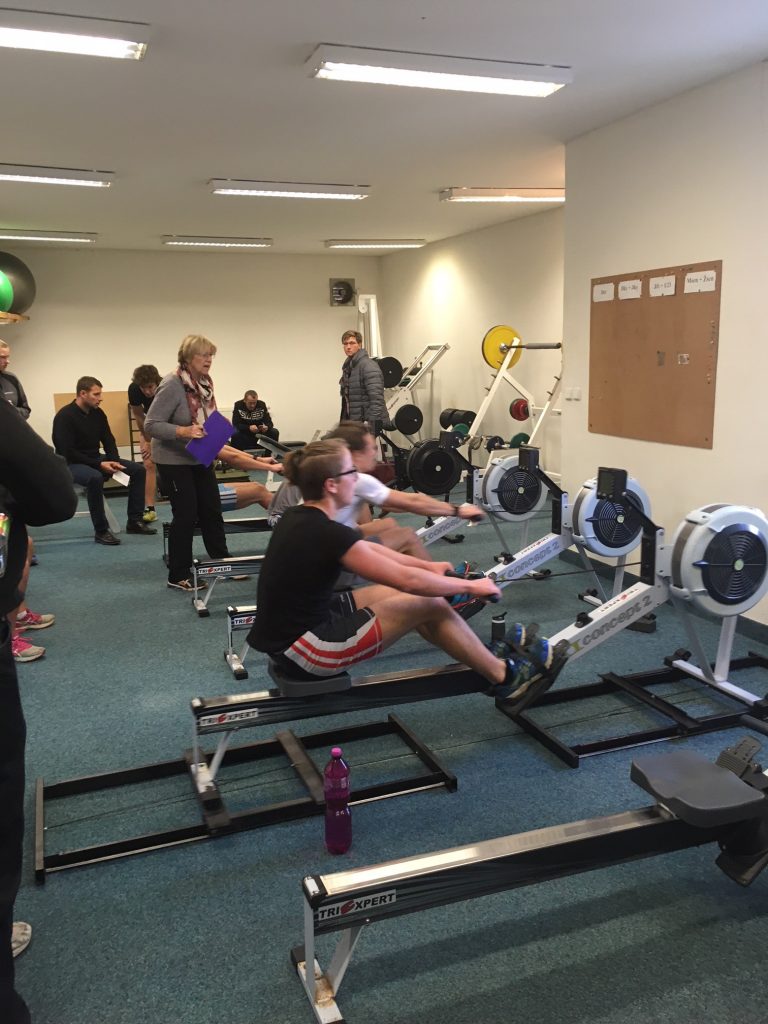
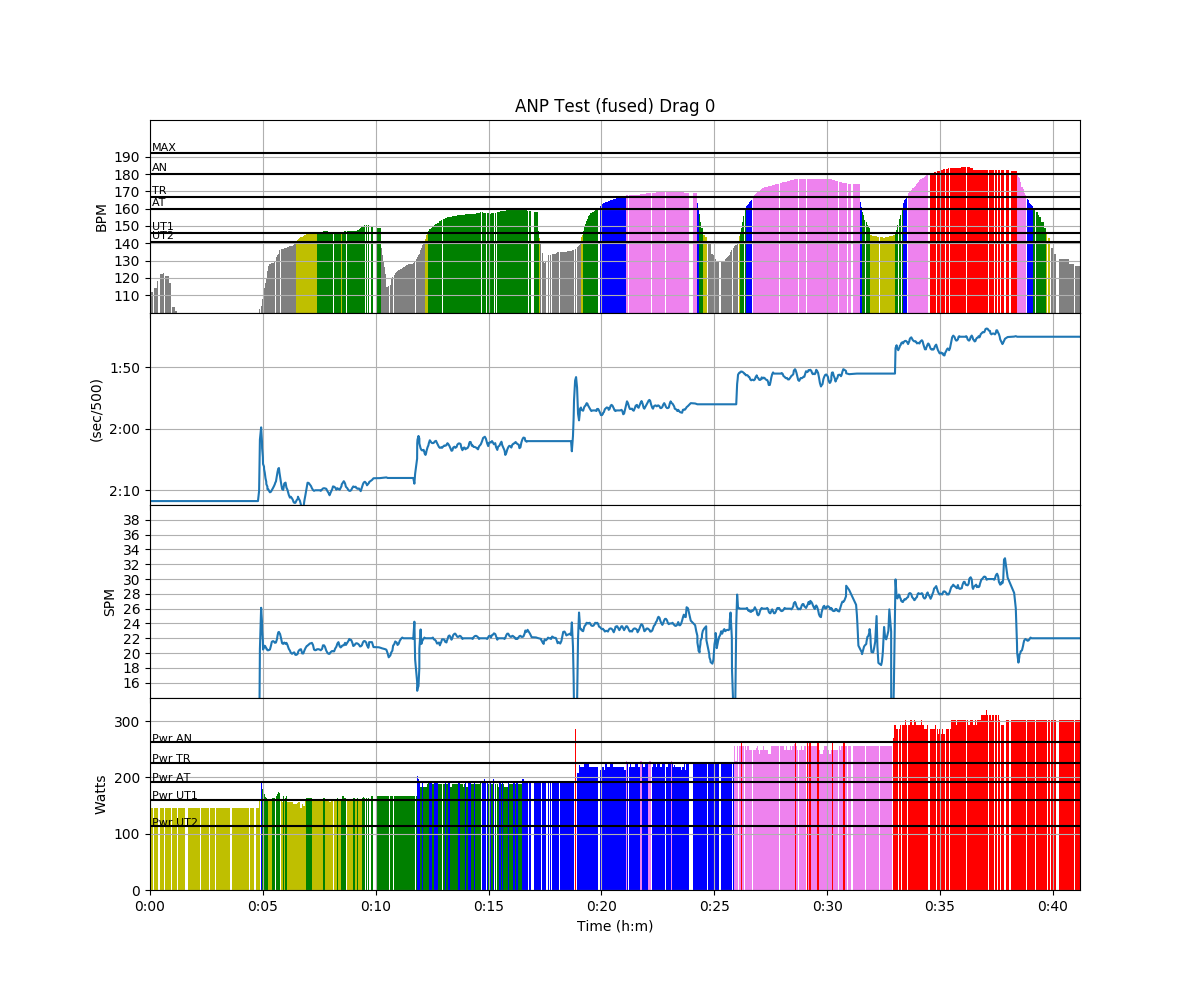
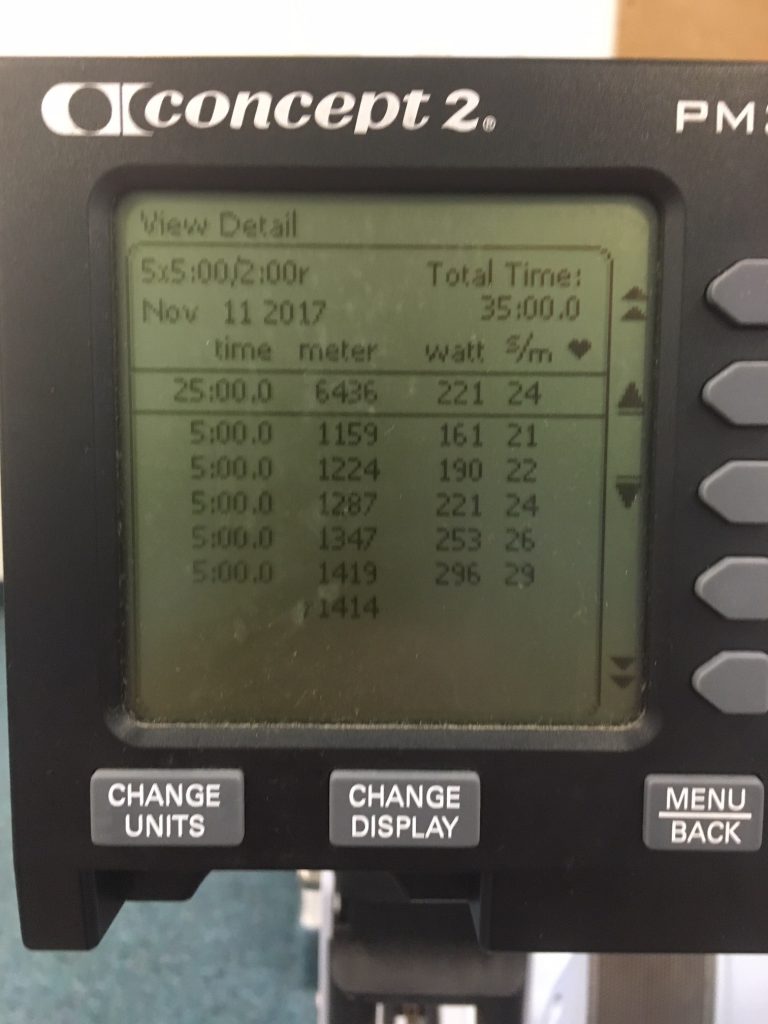
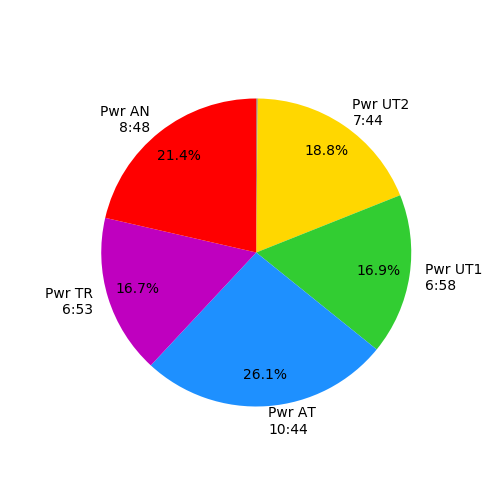
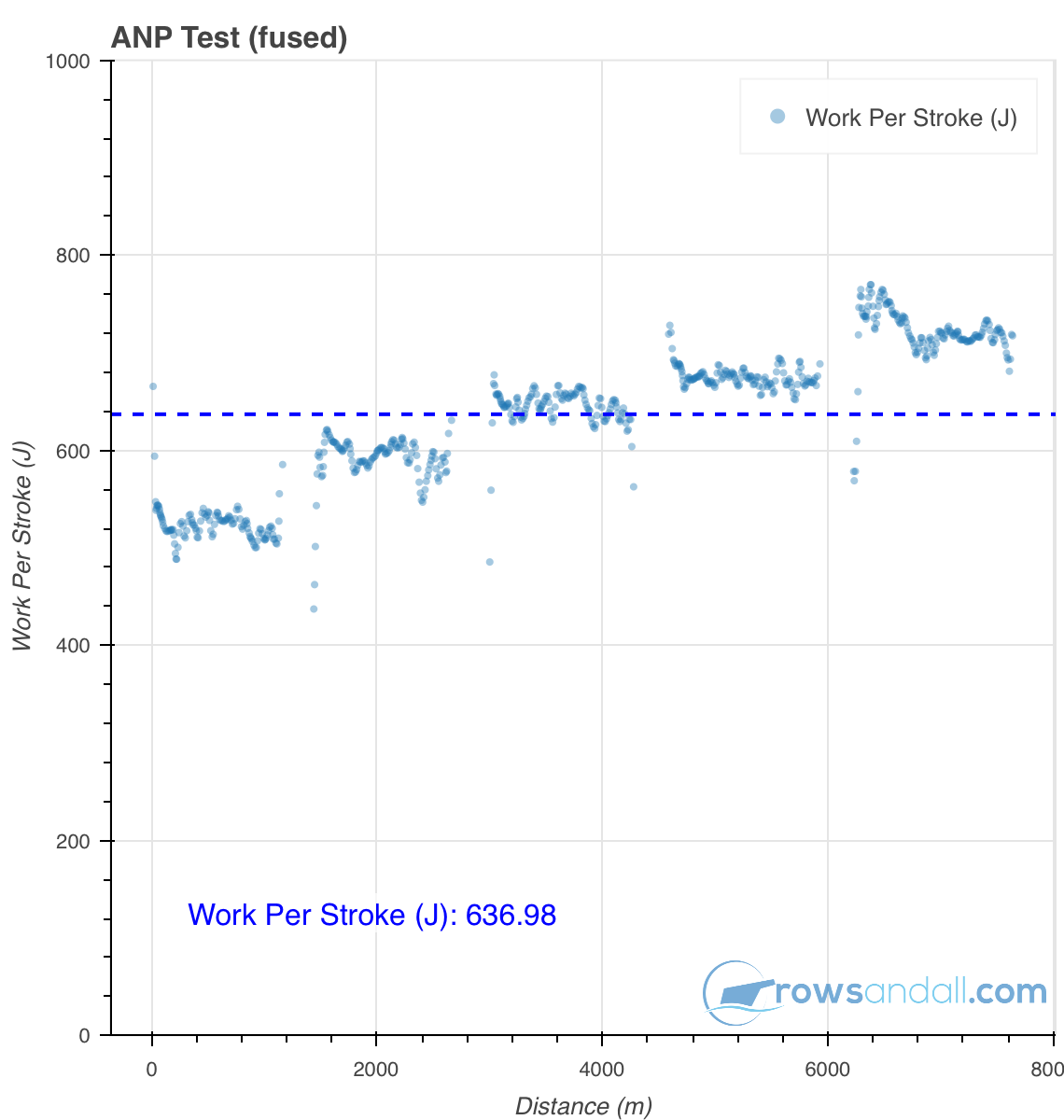
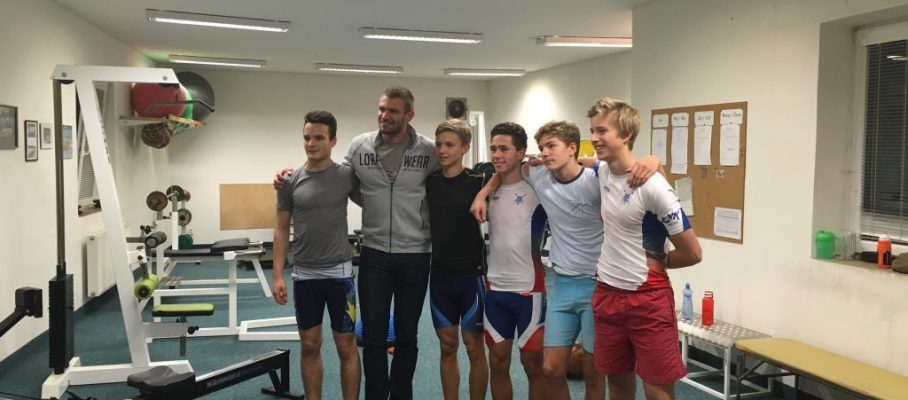
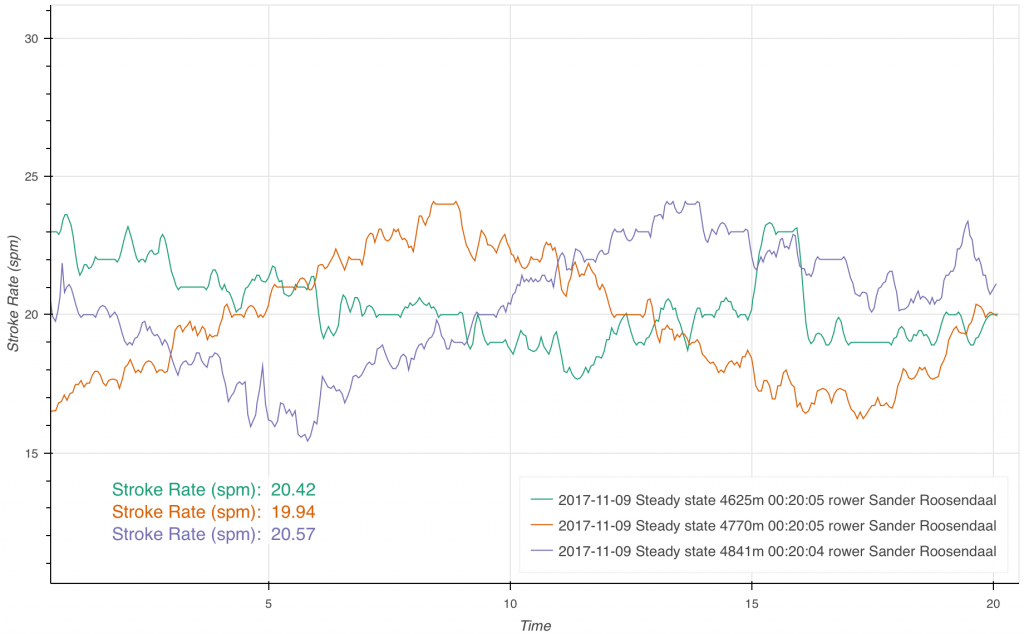
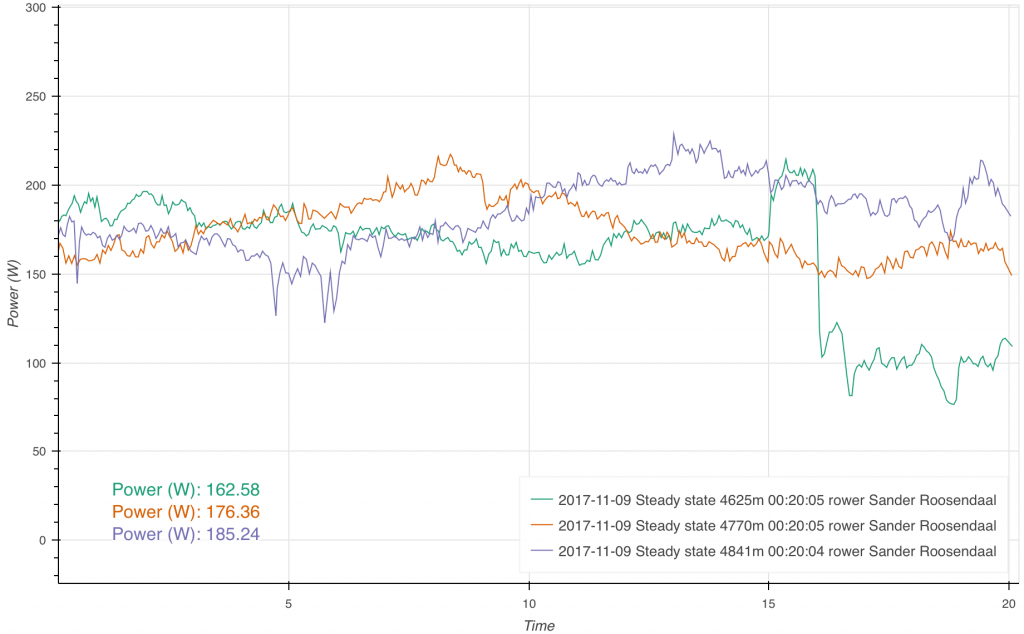
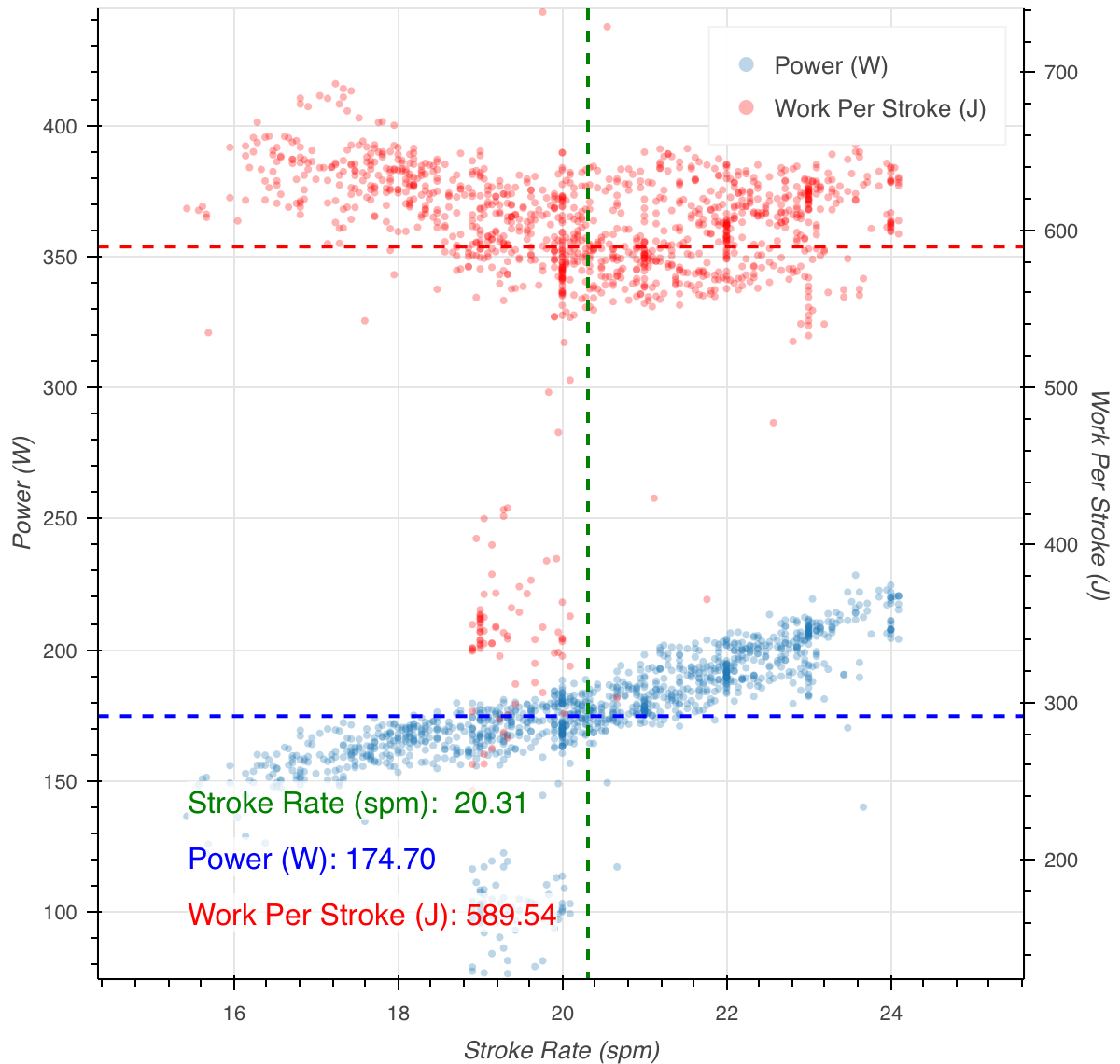
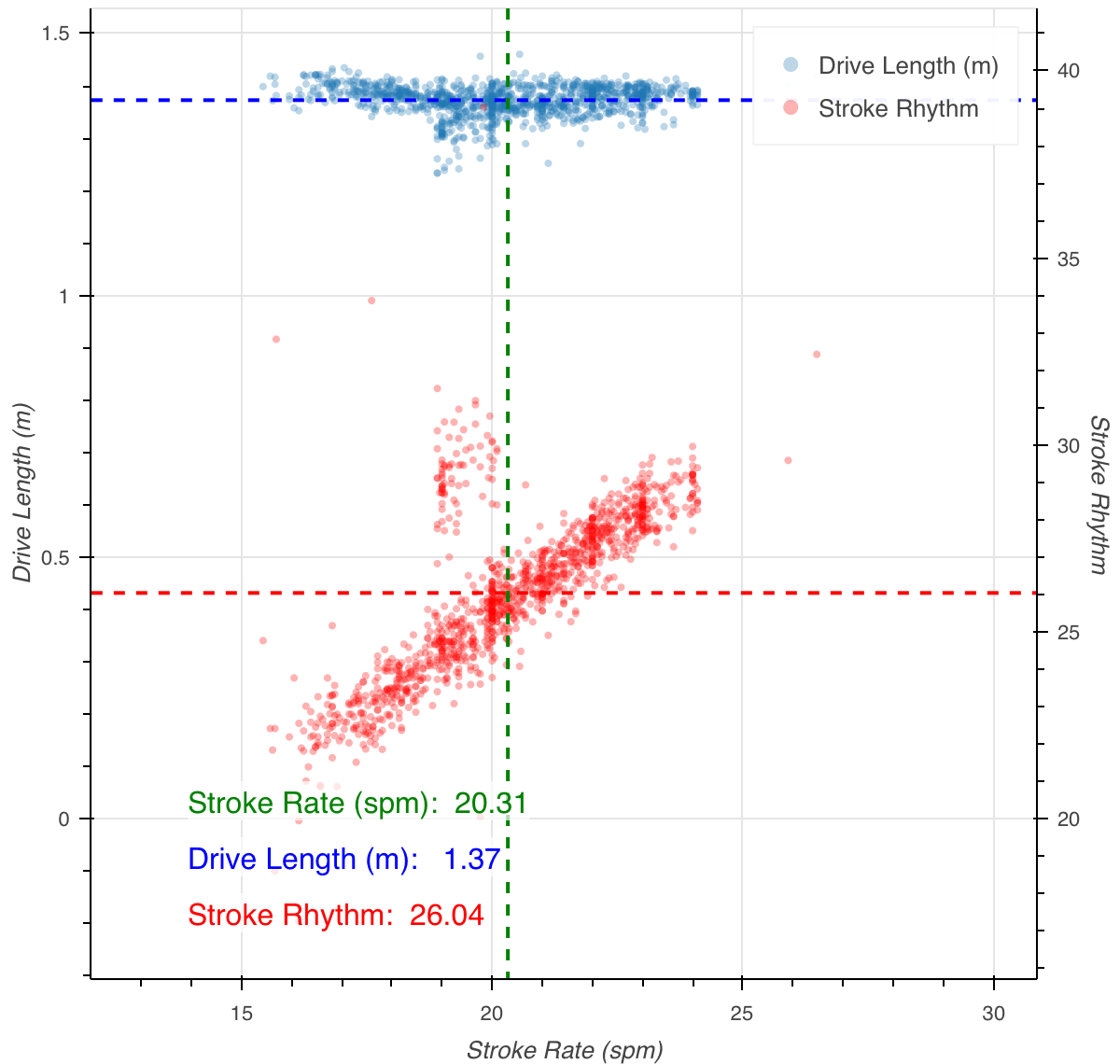
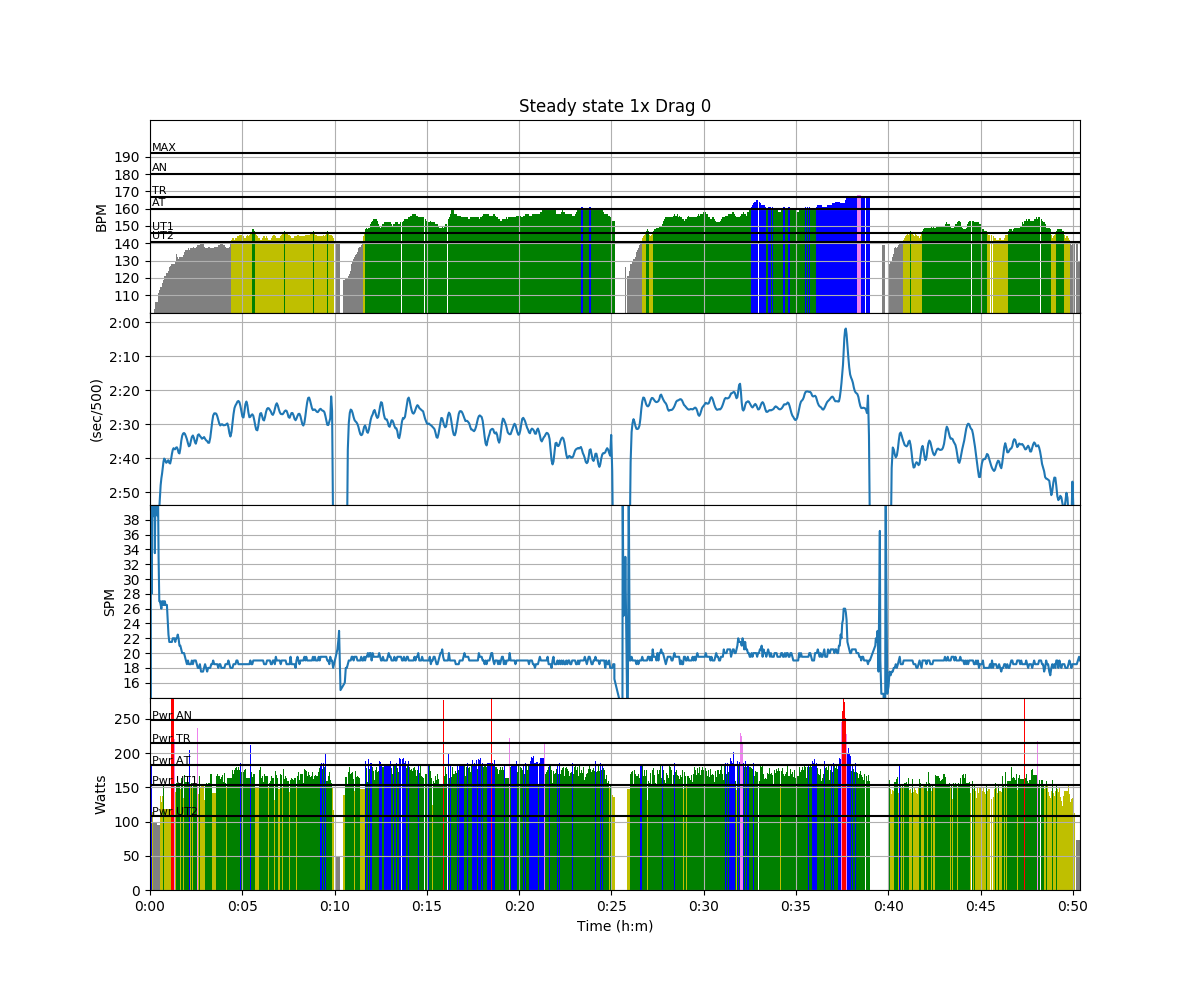
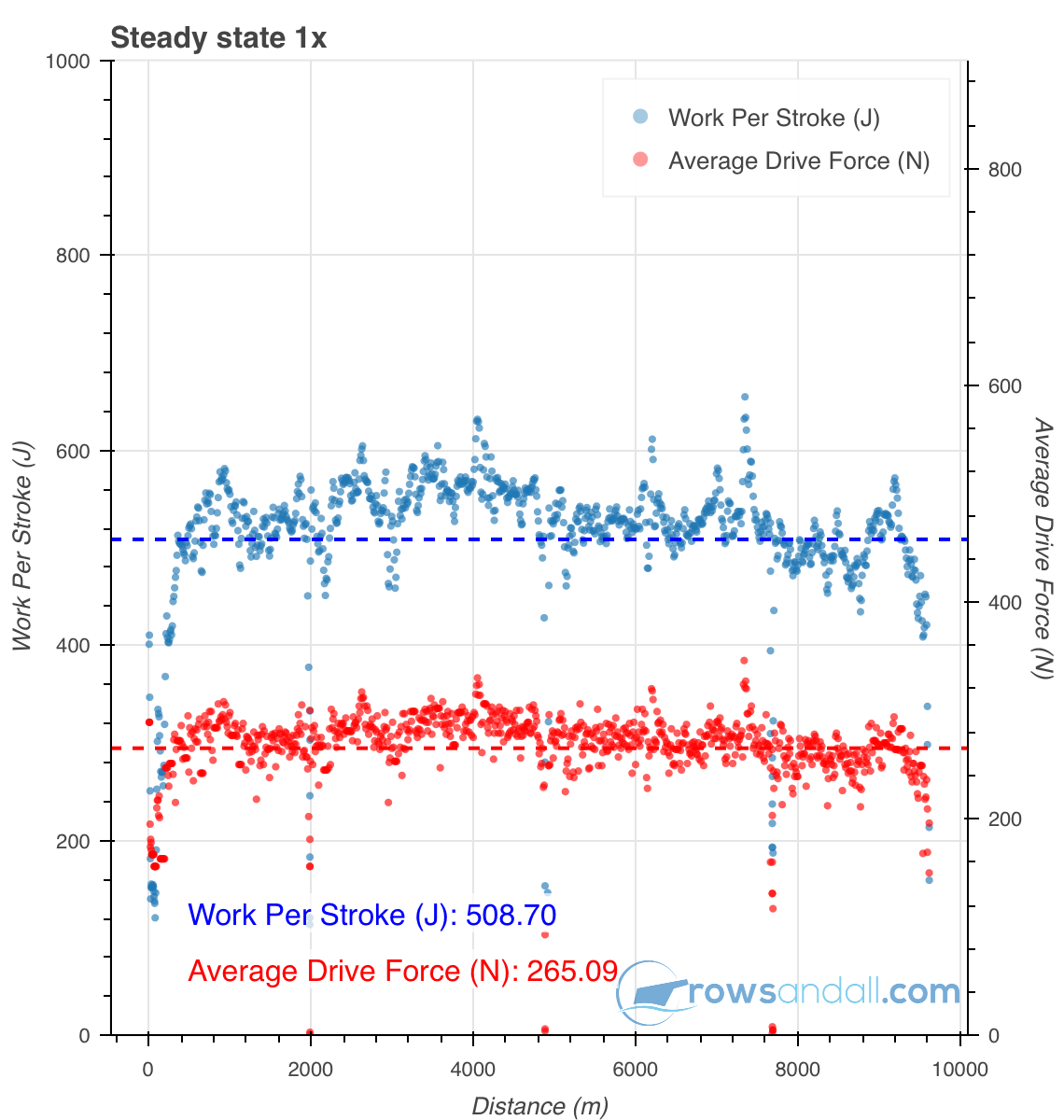
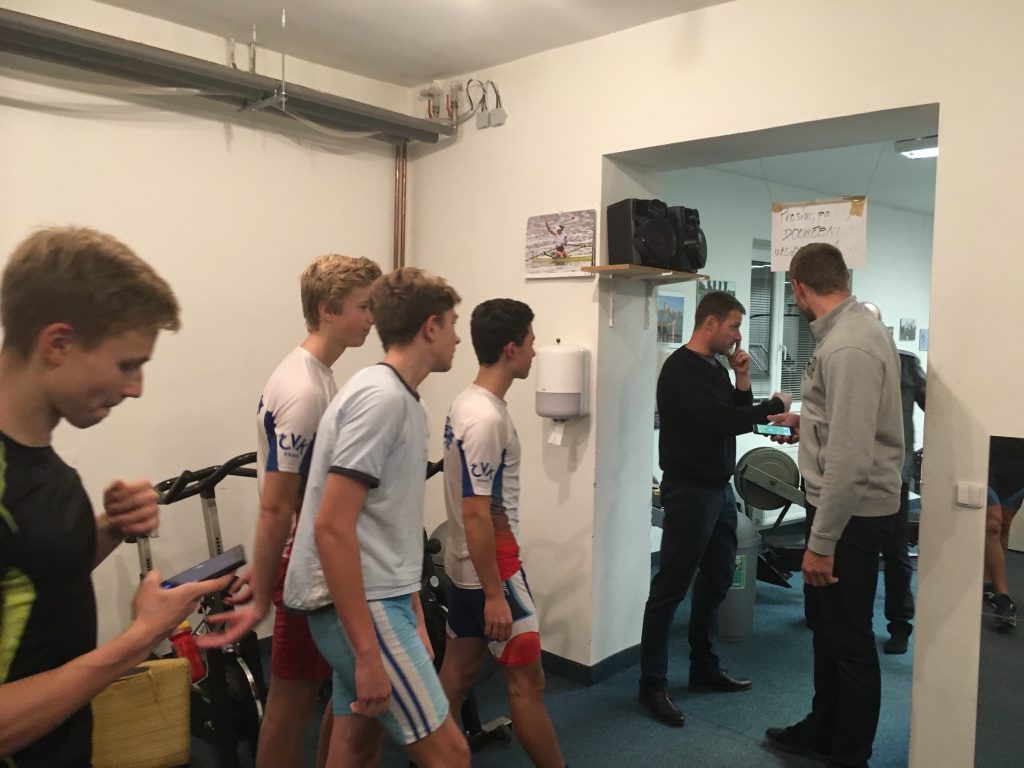
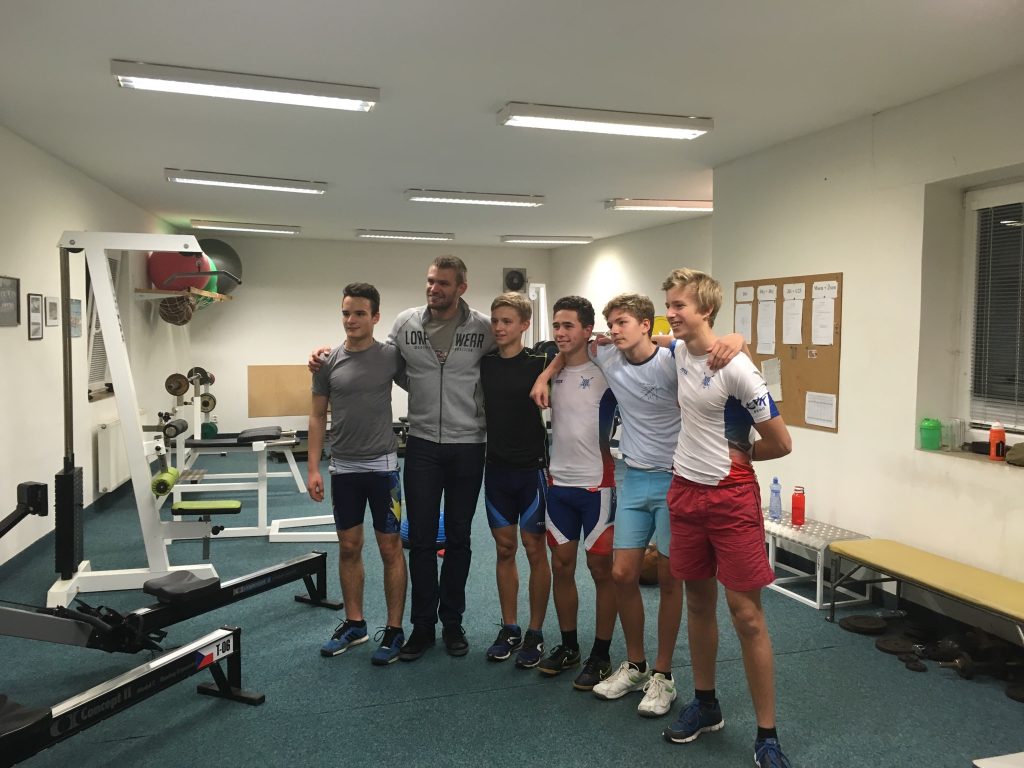

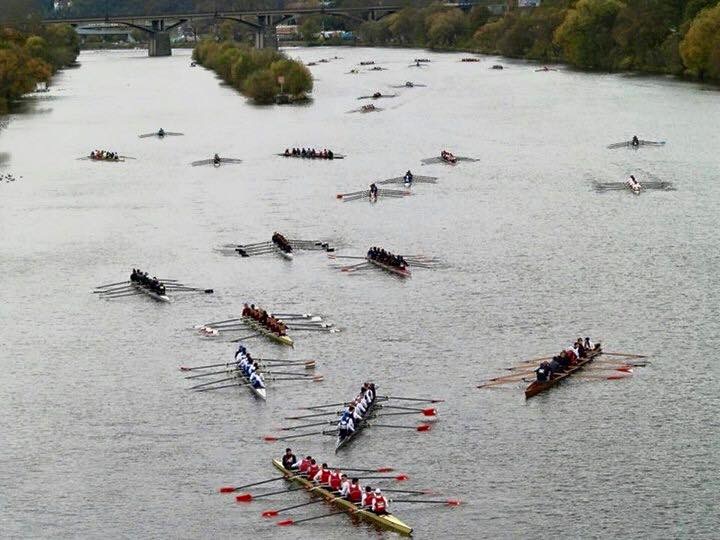

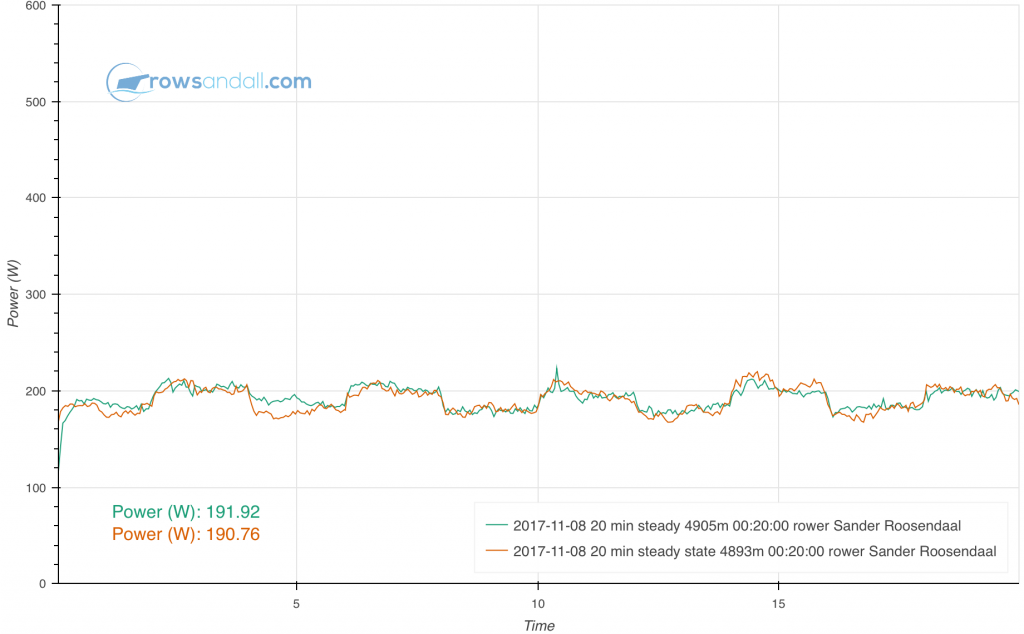
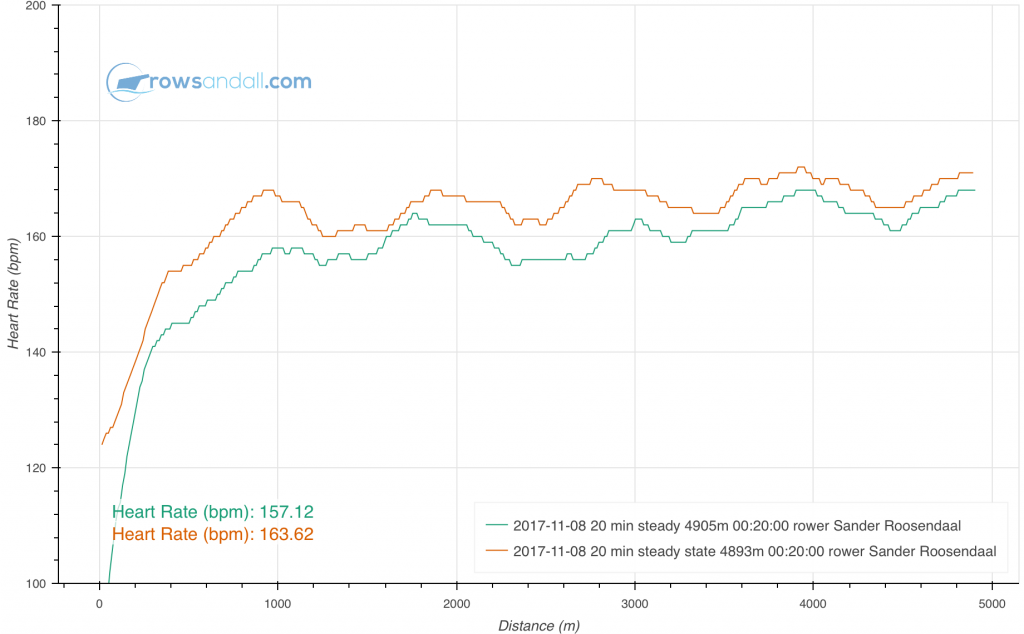
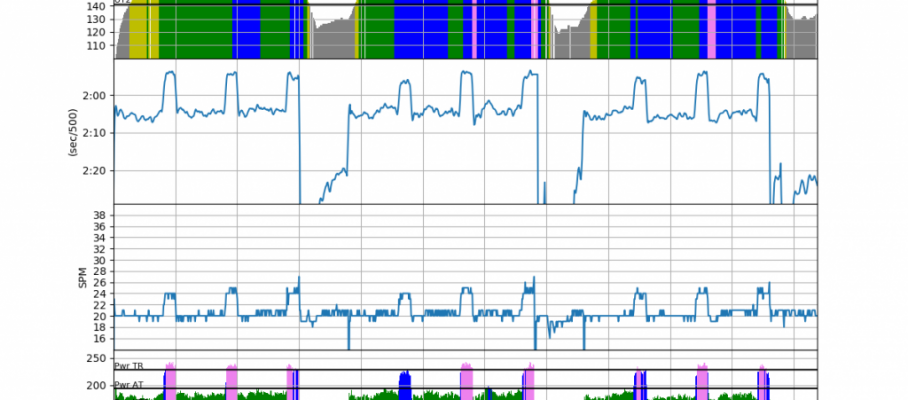
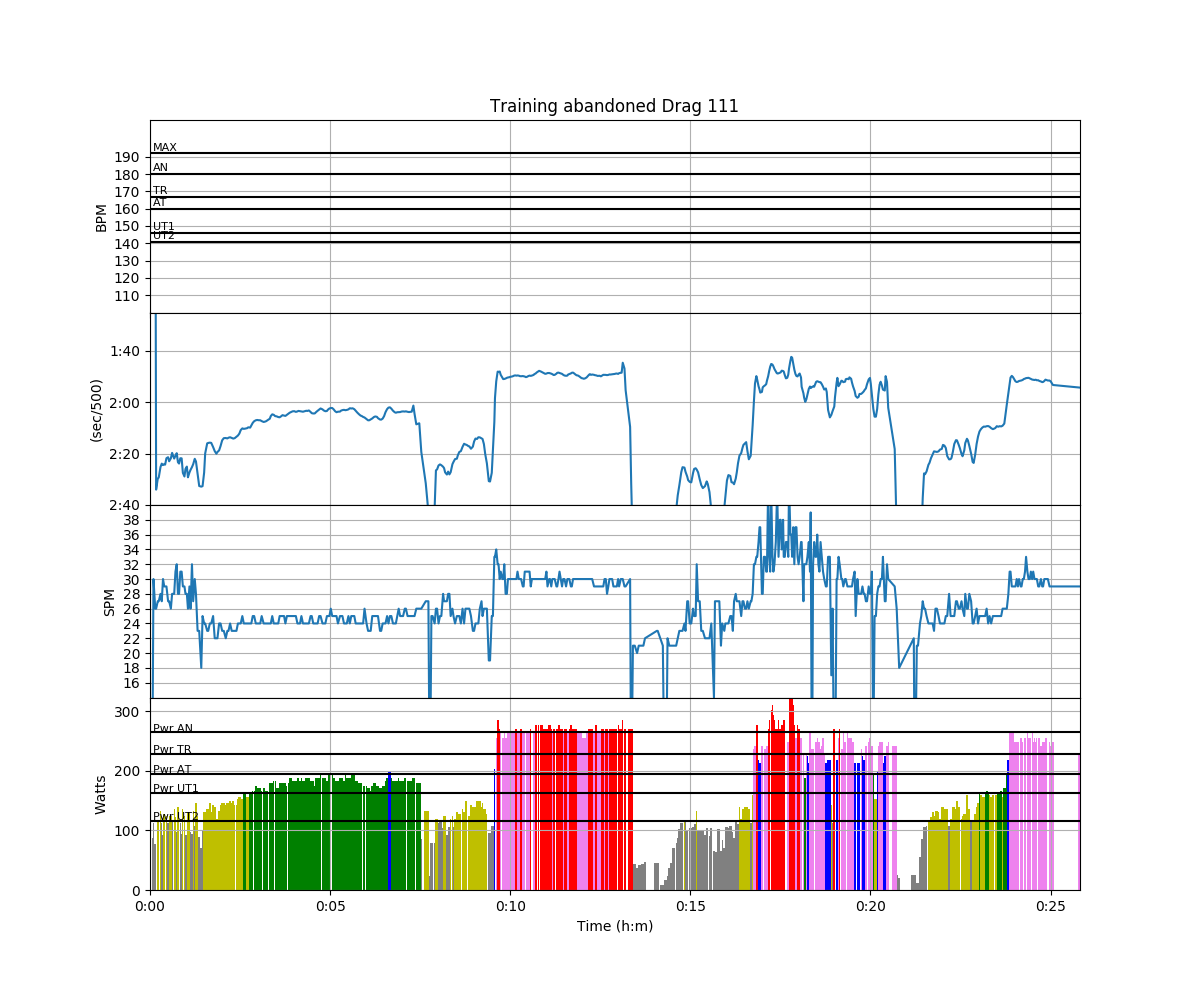
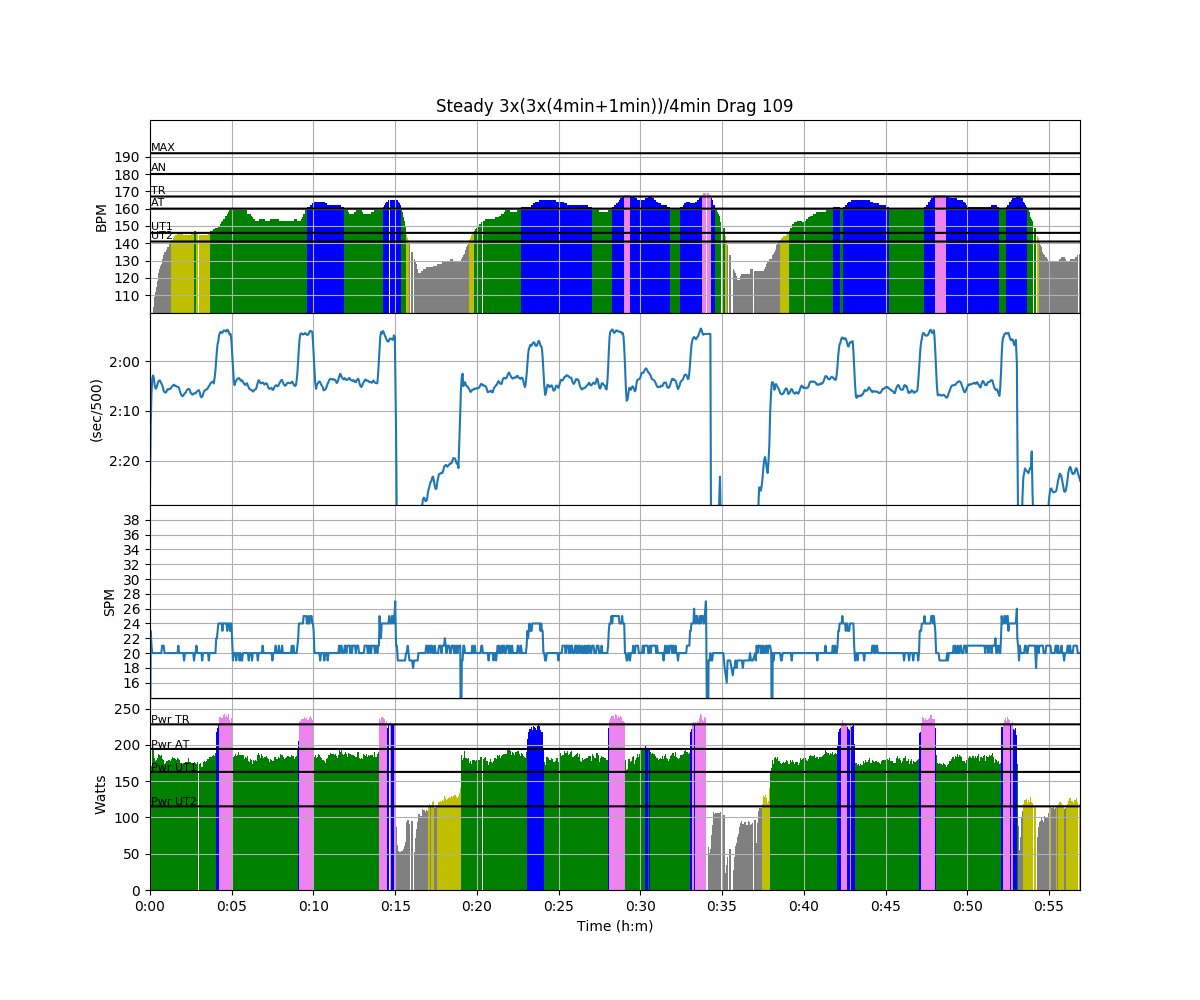
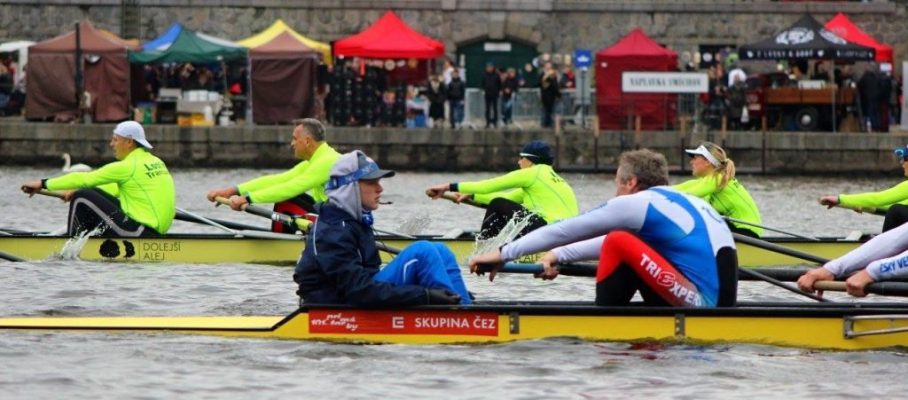





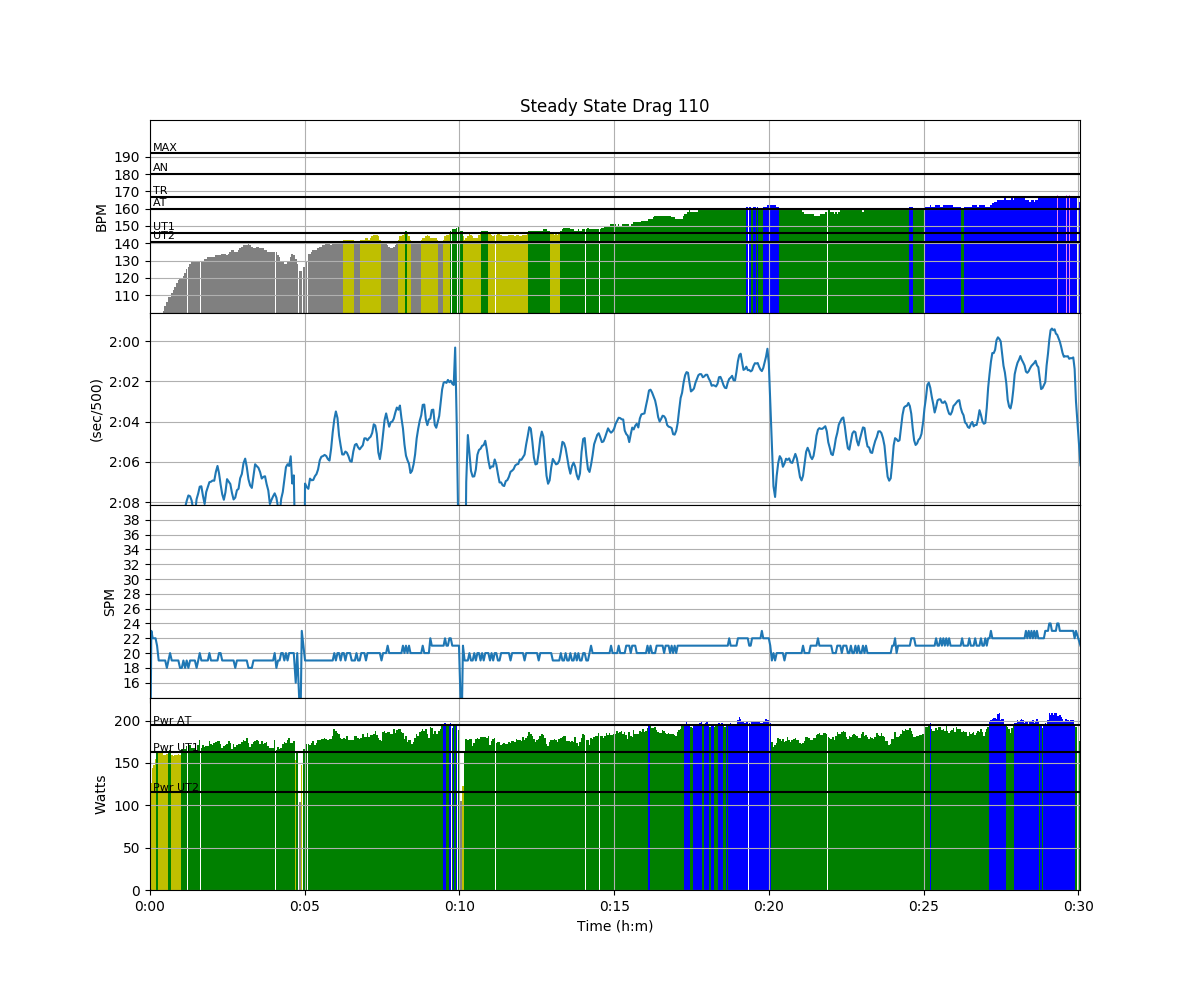
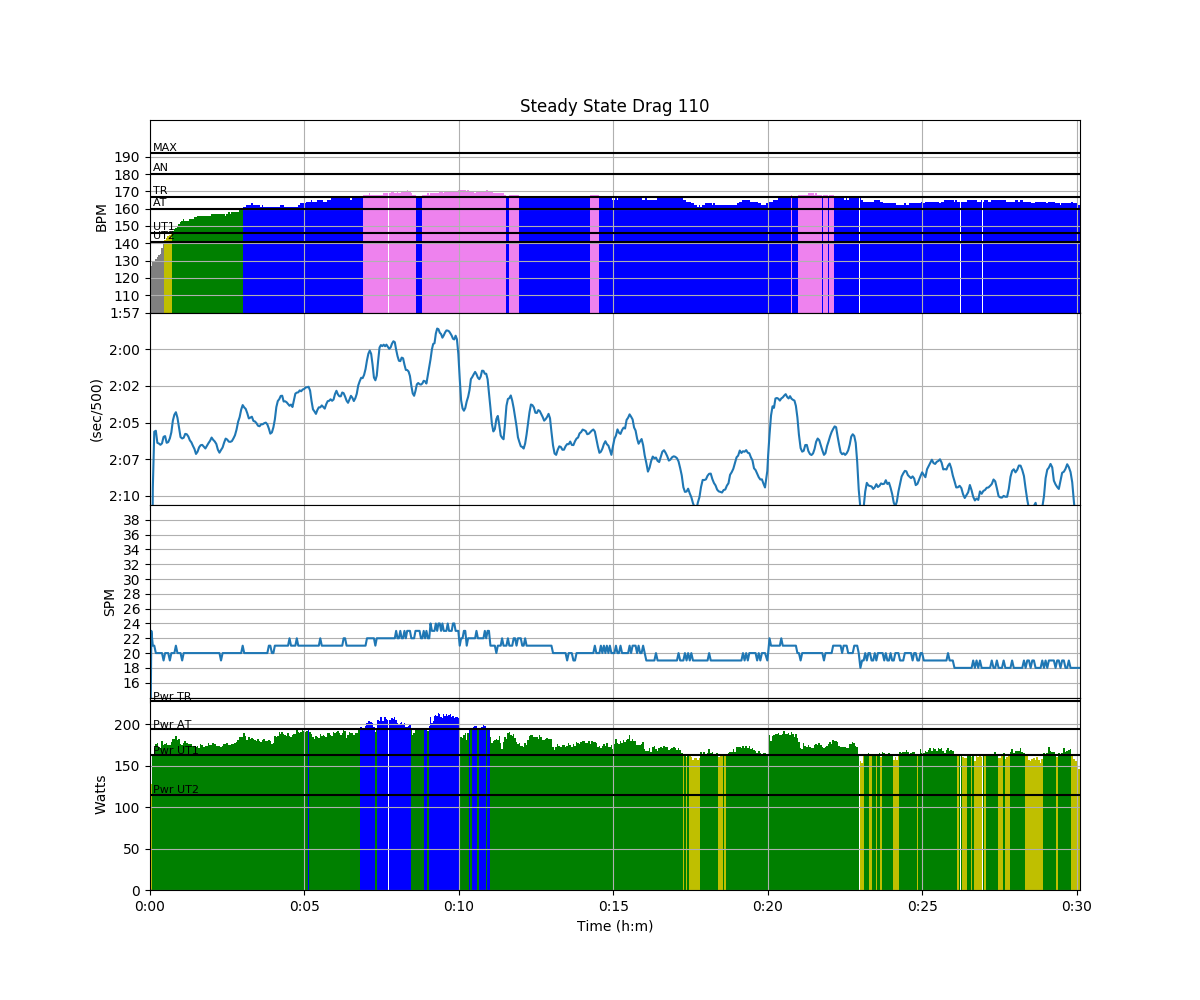
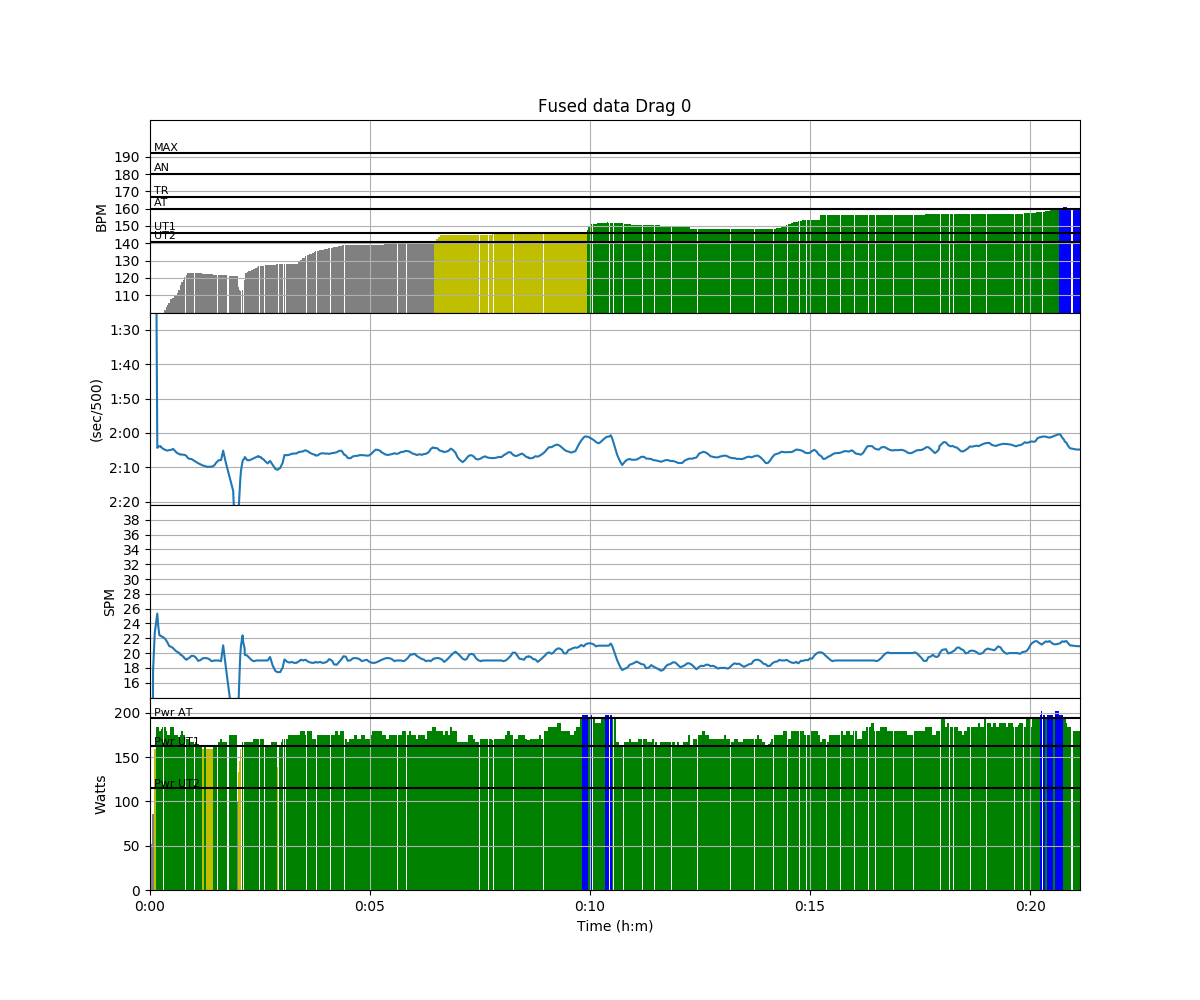
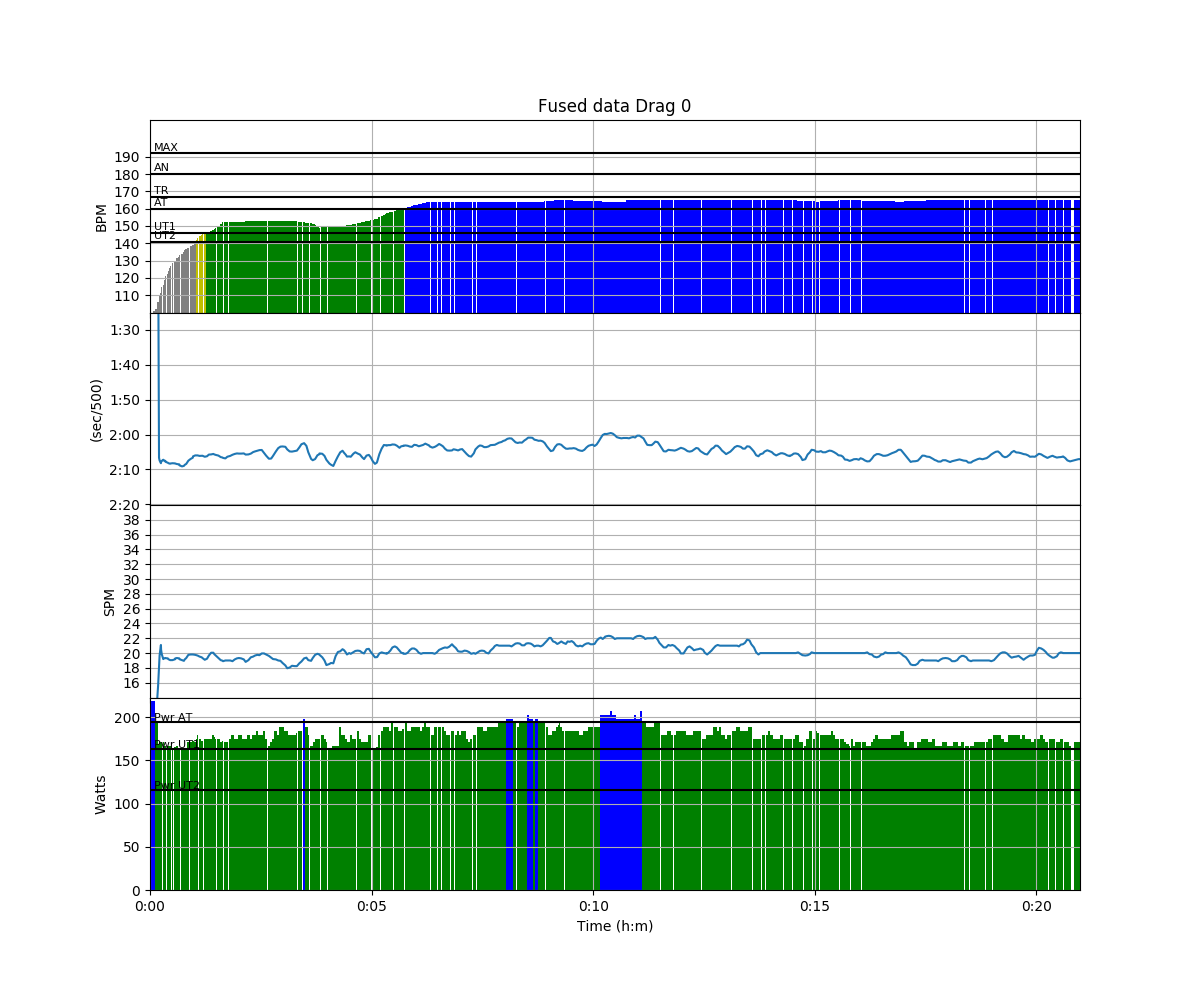
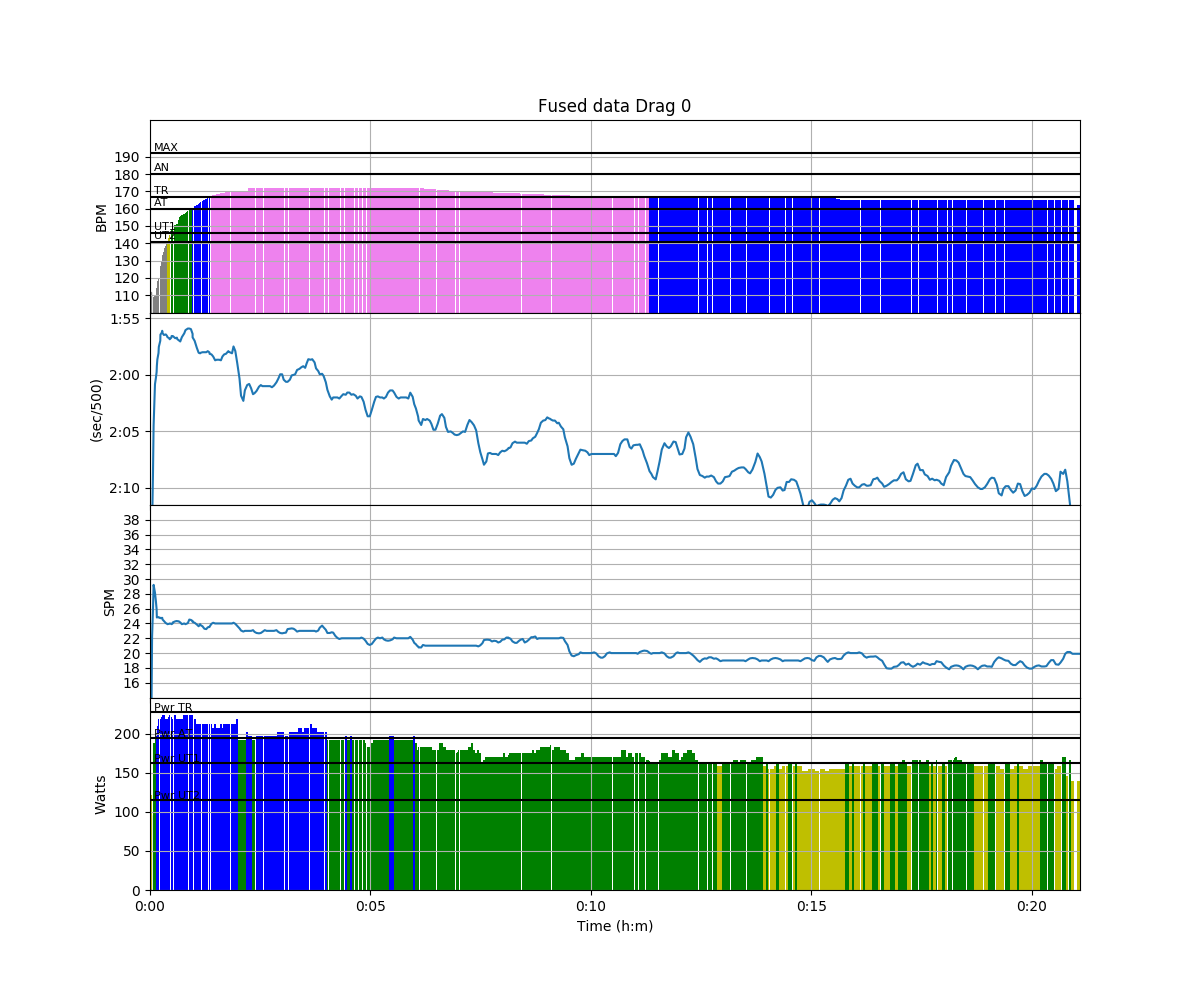
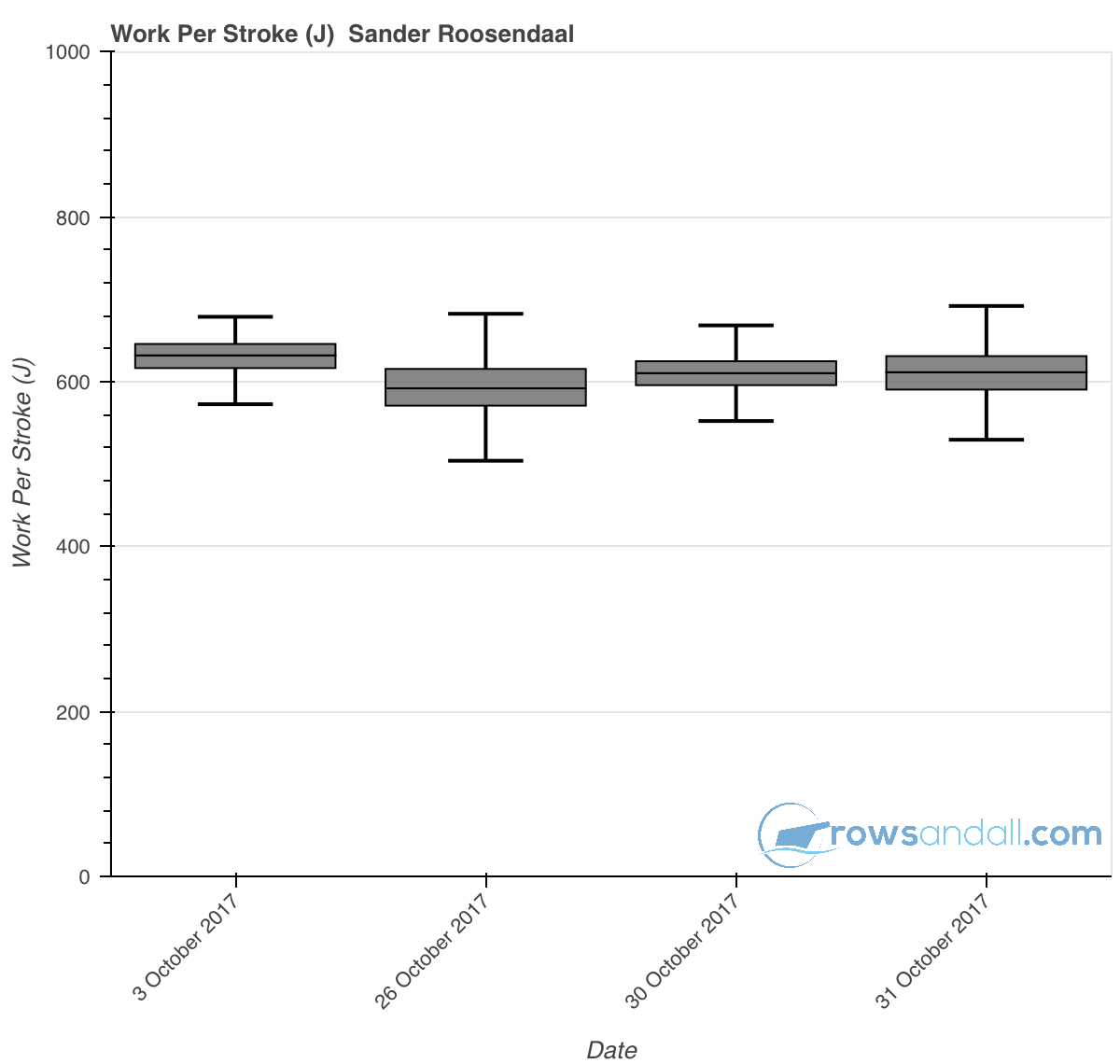
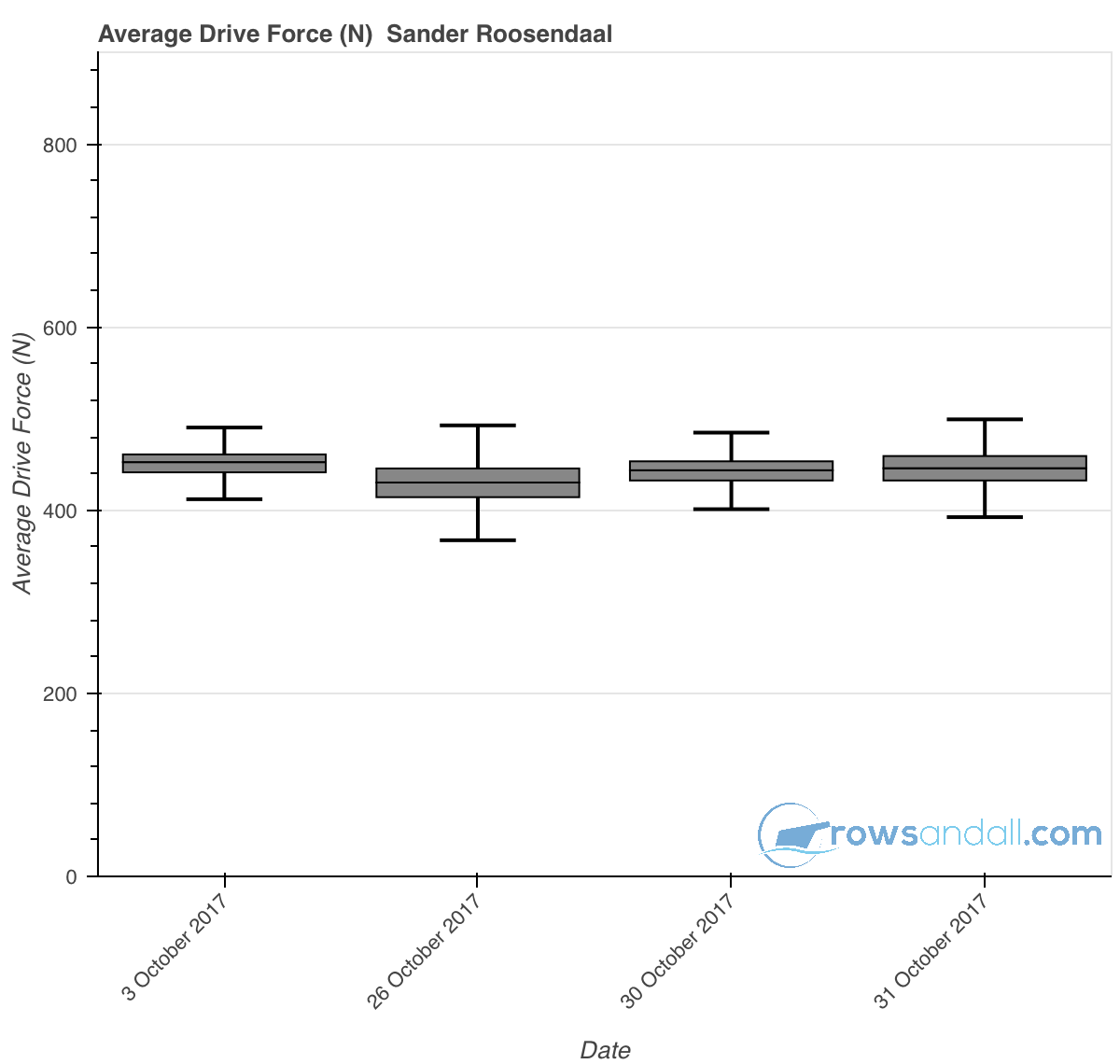
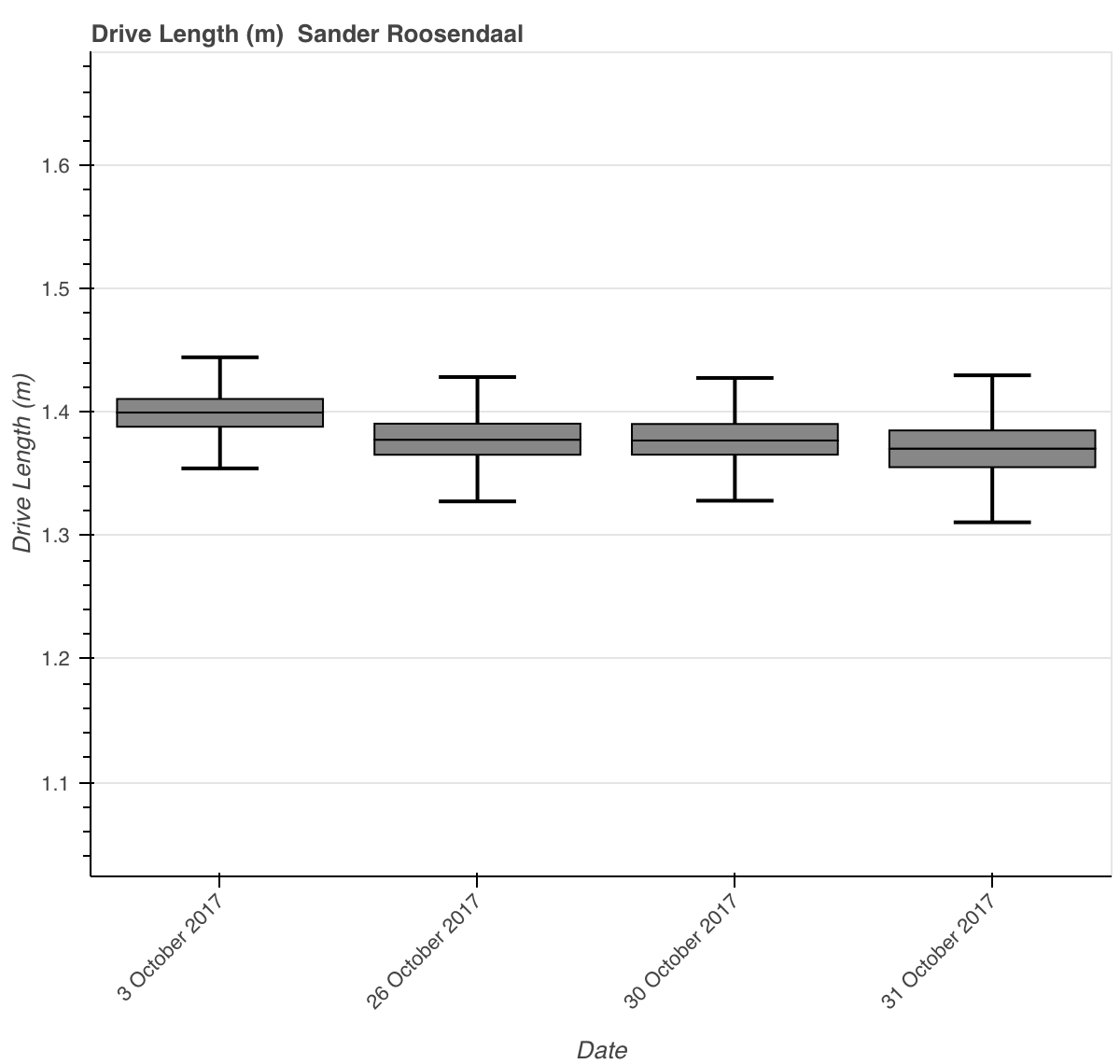
Nov 20 2017
Lactate test results
I a little behind in blogging because of a business trip. Last Monday, I received the results of Saturday’s lactate testing. Here is the curve.
So if one takes 2.0 mmol/L as the upper boundary for steady state, I should do my steady state below 211.7 W (1:58 pace on the Concept2 erg). That is quite high. I would have to do an extended test to prove it, but I believe I should be below 200W.
In my understanding (and I am not a physiologist), the steady state pace is a pace at which the lactate concentration reaches a plateau after a certain duration. So ideally, one would do steady state training and measure lactate every twenty minutes or so. If lactate reaches a plateau, in a next session I would go slightly higher and measure lactate again. Repeat until I find an intensity at which lactate levels don’t stabilize.
This is nice in theory, but doesn’t work in practice. If the training is effective, the steady state lactate level could be a moving target as my body gets more efficient in eliminating lactate at higher power levels. This is not such a big problem though. At one point, I would find a measurement at which the lactate level does increase, and after I find that, steady state would mean anything below.
A bigger issue is that every day is a different day, and depending on accumulated stress, fatigue and/or sleep deprivation, my body will react differently. Two seasons ago, I used lactate measurements very frequently, and I found days on which my lactate level jumped above 2.0 mmol/L at light efforts, while a few days later it remained around 1.5 mmol/L for a similar power. I also found that the perceived effort was an excellent indicator for this. Discussing with some Olympic rowers, I found that this is common for people who have been training intensively or for a long time. You learn to recognize the signals of your body.
Talking about feeling. When I did the lactate test a week ago, I proclaimed that I “felt” that my Lactate Threshold was at 235W. The test shows it is at 247W, assuming my lactate threshold occurs at 4.0 mmol/L, so a slightly higher value.
Interestingly, Joe Friel claims here that this level 1:52 could be maintained for about an hour. Here is my CP chart for the erg:
I didn’t put any short efforts in there, so the curve is definitely inaccurate below 100 seconds, and the long row was a failed attempt at a 1 hour PB, so I may be able to go faster. The 2k prediction given by this curve is a 7:00.9 effort, which is close. For the 10k, it predicts a 1:54.5 pace, which I think is accurate, given the last fast 10k I did on the erg, on October 19, 2016, at 1:54.4 pace. So, I don’t think I will be able to hold 247W (1:52.3 pace) over one hour. Actually, my best one hour effort is at 218W (1:57 pace) in 2015, and I put my FTP value at 225W.
Perhaps a difference between cycling and rowing.
By sanderroosendaal • Uncategorized • 0 • Tags: FTP, lactate, lactate test, LT, threshold